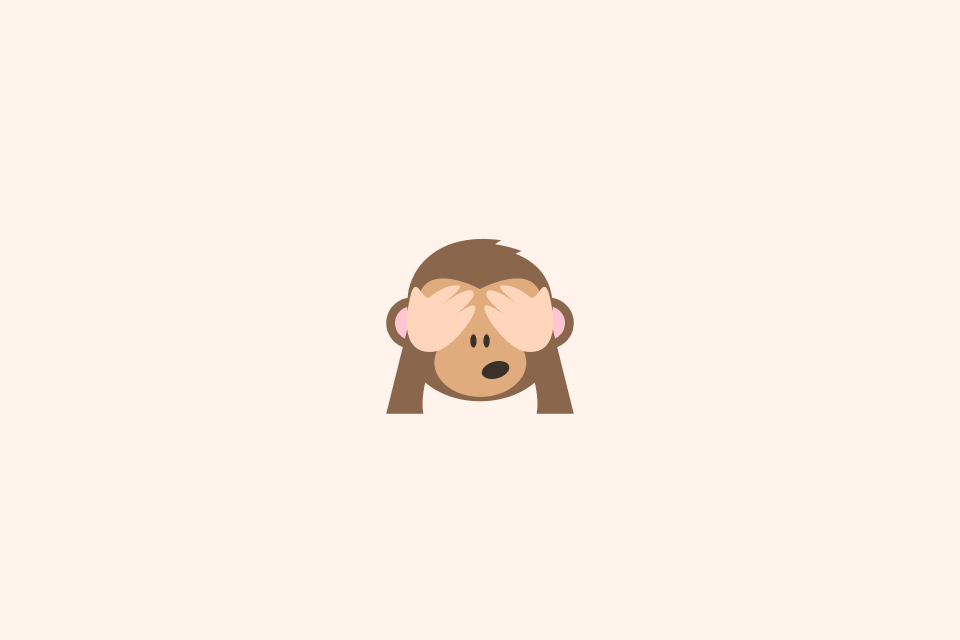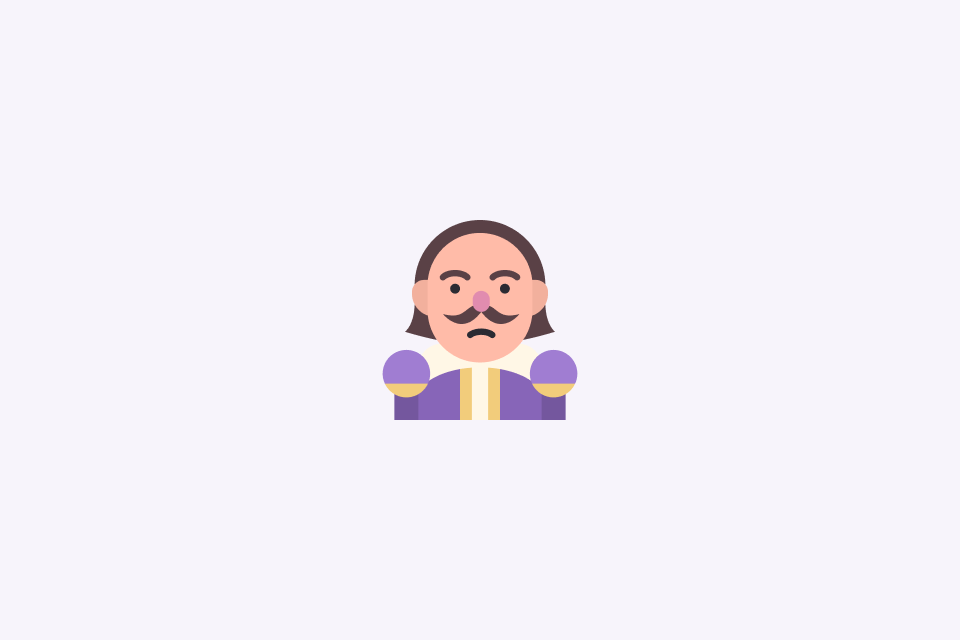See vs. Look vs. Watch: The Complete Guide

TABLE OF CONTENTS
We use our eyes to interact with the world, but English has three common verbs—see, look, and watch—that describe subtly different visual experiences. Once you master these differences, your English will sound much more natural and precise.
What Does “See” Mean?
See refers to noticing or becoming aware of something with your eyes. It’s generally a passive experience—you might not have intended to observe something, but it came into your line of sight and you perceived it.
Examples
- Janet sees the sun coming in through the window and knows it’s morning.
- Did you see Trisha at the game last night?
- I can see the mountains from my bedroom window.
Key points
- Passive: You don’t need to try; it just happens.
- Can’t be commanded in most contexts: “See the picture!” sounds odd for giving an instruction.
- Exception: In formal writing, see is used for references: See page 10, See the attached file, See below.
- Extended meaning: “Understand” → I see what you mean, Do you see the problem?
What Does “Look” Mean?
Look is an active verb: it means to direct your eyes toward something or in a certain direction. You deliberately choose to look, often to find out more or examine something.
Examples
- Look at the stars!
- Can you help me look for the car keys?
- She looked out the window to check the weather.
Key points
- Active and intentional: You decide to direct your attention.
- Usually needs a preposition: look at, look for, look into, look up.
- Used for commands: Look over there!, Look at this!
- Brief action: Looking is typically a quick, directed action.
What Does “Watch” Mean?
Watch involves sustained, focused attention. It means to observe something carefully over a period of time, especially when the subject is moving or changing. Watching is the most active and engaged of these three verbs.
Examples
- Watch the sunrise—it’s beautiful!
- Let’s watch a movie tonight.
- The children love watching the trains go by.
Key points
- Continuous observation: You follow something over time.
- Often involves movement or change: sports, movies, animals, people doing things.
- Requires attention: You focus on what you’re watching.
- Can mean “take care of”: Can you watch the kids while I’m gone?
Quick Comparison Table
| Situation | Use see | Use look | Use watch |
|---|---|---|---|
| Passive noticing | ✓ You become aware of it | — | — |
| Brief, directed attention | — | ✓ You turn your eyes toward it | — |
| Sustained observation | — | — | ✓ You follow it over time |
| Moving or changing scenes | — | — | ✓ Movies, sports, performances |
| Understanding | ✓ I see what you mean | — | — |
| At the cinema/theater | ✓ I saw a great play | — | — |
| At home on TV/streaming | — | — | ✓ I’m watching Netflix |
| Future arrangements | ✓ I’m seeing the doctor tomorrow | — | — |
Special Cases Explained
1. Movies, Plays, Concerts, Sports
- At a venue (cinema, theater, stadium): Use see
- We saw “Inception” at the cinema last week.
- Did you see the game at the stadium?
- At home (TV, streaming, recordings): Use watch
- I’m watching “Inception” on Netflix tonight.
- Let’s watch the game on TV.
2. Meeting People
See can mean to meet or have an appointment with someone:
- I’m seeing the dentist at 3 PM.
- Are you seeing anyone? (dating)
- The manager will see you now.
3. Time Expressions
- Present continuous
- He is seeing a movie tomorrow. (future plan) ✓
- He is watching a movie now. (happening right now) ✓
- He is seeing a movie now. ✗ (doesn’t work)
4. Stative vs. Dynamic
- See is typically stative (a state, not an action): I can see you (not I am seeing you unless it means “dating”).
- Look and watch are dynamic (actions): I’m looking at you, I’m watching you.
Common Mistakes to Avoid
- ❌ I’m seeing TV. → ✓ I’m watching TV.
- ❌ Look the sunset! → ✓ Look at the sunset! / Watch the sunset!
- ❌ Can you watch that sign? → ✓ Can you see that sign?
- ❌ I saw a bird for 10 minutes. → ✓ I watched a bird for 10 minutes.
- ❌ I see what you’re doing! (suspicious) → This is actually correct! See can be used this way.
Useful Idioms and Phrases
With “see”
- See eye to eye = agree completely.
- See you later! = goodbye.
- I’ll see what I can do = I’ll try to help.
- See the light = understand or realize something.
With “look”
- Look forward to = anticipate with pleasure.
- Look up to = admire.
- Look down on = feel superior to.
- Look out! = be careful!
With “watch”
- Watch out! = be careful!
- Watch your step = be careful where you walk.
- Watch it! = be careful/warning.
- Watch your language = don’t use bad words.
Practice Exercises
Fill in the blanks with see, look, or watch.
- I ___ a strange bird in the garden this morning.
- Can you ___ after my dog while I’m on vacation?
- ___ at this beautiful photo from my trip!
- We’re planning to ___ a movie at the cinema tonight.
- I can’t ___ the board from here. Can I move closer?
- Let’s ___ the sunrise together tomorrow morning.
- Did you ___ Tom’s new haircut? It’s quite different!
- She ___ out the window, hoping to ___ her friend arrive.
Answers
- saw
- watch
- Look
- see
- see
- watch
- see
- looked, see
Quick Reference Guide
Use SEE when:
- Something enters your field of vision naturally.
- You want to say “understand.”
- You’re talking about meeting someone.
- You’re at a public venue (cinema, theater).
Use LOOK when:
- You deliberately direct your eyes somewhere.
- You’re searching for something (look for).
- You’re giving a command to get attention.
- The action is brief and intentional.
Use WATCH when:
- You observe something over time.
- The subject is moving or changing.
- You’re at home viewing entertainment.
- You need to pay continuous attention.
Final Thoughts
Understanding the distinctions between see, look, and watch will help you describe visual experiences more accurately. Remember:
- See = passive, unintentional noticing.
- Look = active, brief directing of attention.
- Watch = sustained, continuous observation.
With practice, choosing the right verb will soon become second nature. The key is to think about whether the action is passive or active, and whether it’s brief or sustained. Happy learning!


